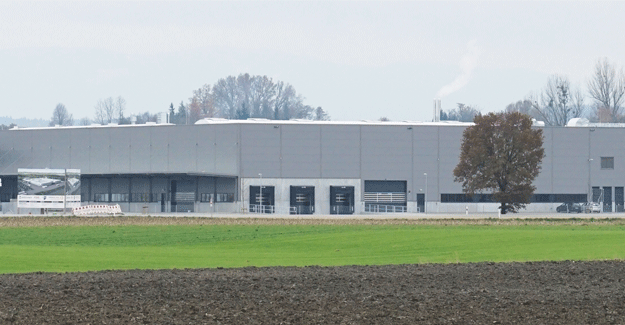BRÜCKNER Anticipates Breakthrough In Fabrics For Electronic Glass
BRÜCKNER Anticipates Breakthrough In Fabrics For Electronic Glass

The rapid developments in the field of electronics lead to an ever increasing demand for so-called electronic glass. This glass serves as basic material for printed circuit boards and is used due to its excellent dielectric characteristics with up to 16 stacked layers.
The users of modern communication and semiconductor technology expect increasing capacity with lower weight. In reverse this leads to a rapid increase of the demand for electronic glass of the highest possible quality. The trend towards lower and lower weights per m² is unmistakable. Five years ago a surface weight of 48 g/m² was the standard for producers of electronic glass but in the meantime the standard is approx. 23 g/m². The leading producers in this field dare already to produce and use woven glass with a weight of 12 g/m².
The extreme yarn and fiber fineness presents however a certain limit for the processing of these light woven fabrics. Currently it cannot be assessed if this trend can and will continue. These woven fabrics are disputed among doctors and biologists. Broken filaments of micro dimensions, which do inevitably occur during the processing of the glass fabric, get with the inhaled air into the lungs and from there possibly into the blood circulation.
The extremely low fabric weight is however an enormous challenge for the supplier of the machinery. The highest possible precision when controlling minimum tractions, an absolute parallelism in the alignment of guide rollers and fabric accumulators, the use of special acid-resisting stainless steel and highly effective fabric path cleaning technology are just as obligatory as a minimum consumption of electrical energy and process heat and a highly effective exhaust air cleaning according to the latest state of the art.



 textileexcellence
textileexcellence 







